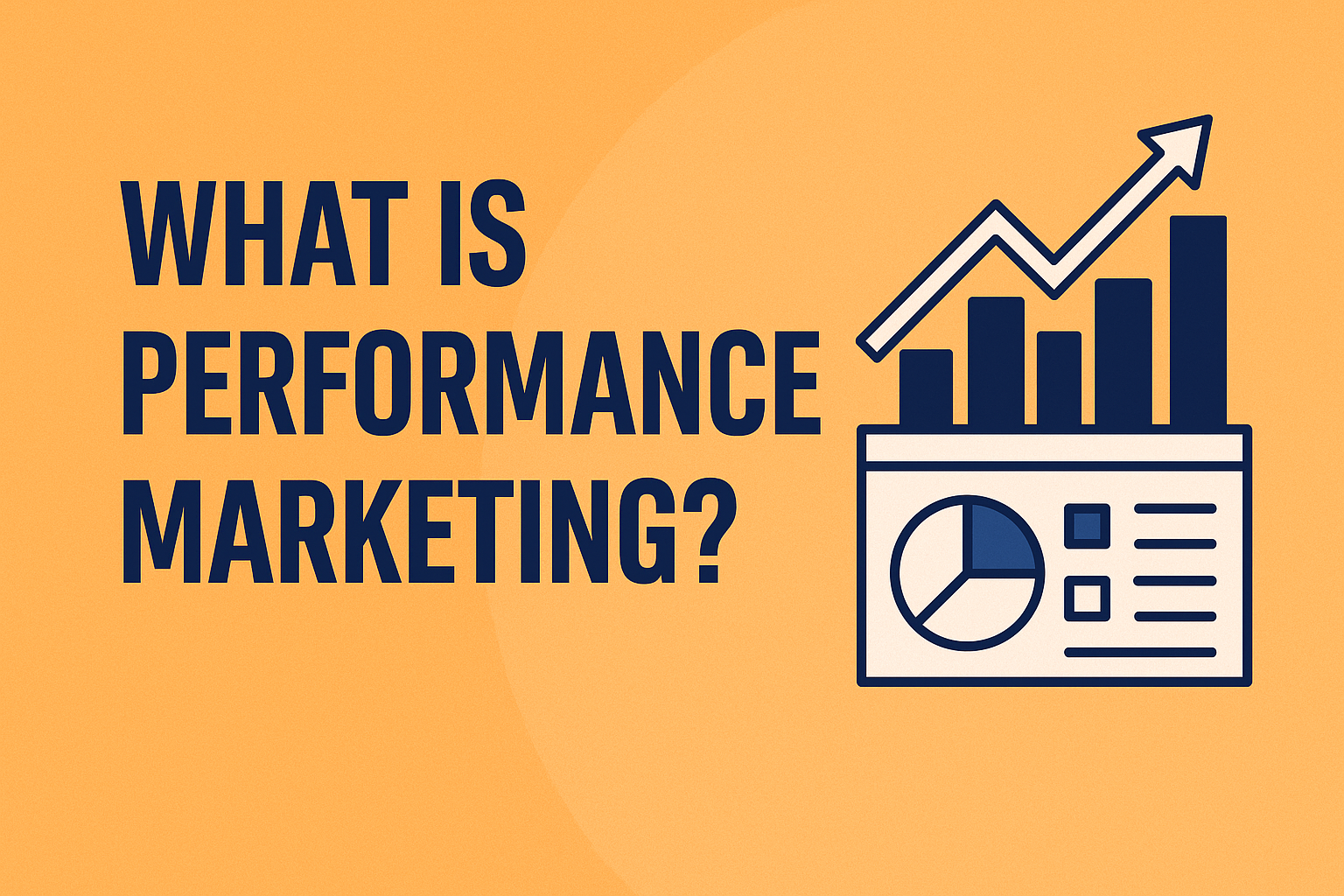
How Performance Marketing Drives Measurable Growth
In the ever-evolving digital landscape, businesses are constantly on the hunt for marketing strategies that not only attract attention but deliver measurable results. Enter performance marketing — a results-driven approach that aligns advertising costs directly with success metrics such as clicks, leads, and conversions. Unlike traditional marketing models that require heavy upfront investment without guaranteed ROI, performance marketing flips the script. You only pay for what works. What Is Performance Marketing? Performance marketing is a digital advertising strategy where brands only pay marketing service providers when specific actions — like a sale, lead, or click — are completed. It encompasses several online marketing channels, such as: This method is particularly powerful for small and mid-sized businesses seeking accountability, agility, and efficiency in their advertising efforts. Key Benefits of Performance Marketing 1. Trackable ROI Everything is measurable — from impressions to sales. Marketers can monitor and optimize every element of a campaign in real-time. 2. Lower Risk You pay only when a desired action occurs, reducing wasted ad spend. 3. Scalable Campaigns As campaigns prove successful, they can be scaled quickly with real-time analytics guiding each move. 4. Data-Driven Optimization Campaigns are continuously improved based on performance data, not gut instinct. 5. Budget Flexibility You can set clear budget limits and reallocate funds across top-performing channels. Popular Performance Marketing Channels Channel Ideal For Metrics Tracked Affiliate Marketing E-commerce, SaaS Sales, Referrals Search Ads (PPC) Local services, product sales Clicks, CTR, Conversions Social Ads Brand awareness, product promotion Engagements, Leads Influencer Marketing Niche markets, product launches Conversions, Traffic Native Ads Long-form content, editorial integrations Time on page, CTR 5 Actionable Tips to Start with Performance Marketing 5 FAQs on Performance Marketing 1. What makes performance marketing different from traditional marketing? Traditional marketing focuses on impressions and awareness, while performance marketing is based on specific, trackable outcomes like sales or leads. 2. Is performance marketing suitable for small businesses? Absolutely. It’s budget-friendly and risk-averse, making it ideal for startups and SMBs seeking measurable growth. 3. How do I track results effectively? Use tools like Google Analytics, Meta Ads Manager, or HubSpot to track metrics in real-time. 4. What budget should I start with? Start small, test multiple creatives, and allocate more budget to top-performing campaigns. 5. What are the biggest mistakes in performance marketing? Not setting clear KPIs, neglecting data analysis, and underestimating creative testing are common errors. Final Thoughts Performance marketing is the smart marketer’s secret weapon — efficient, data-rich, and ROI-focused. In today’s economy, where every dollar must prove its worth, performance marketing not only helps brands reach their audience but also ensures that every interaction counts. If you’re ready to scale your brand with smarter, accountable advertising, performance marketing might just be your next big move.
